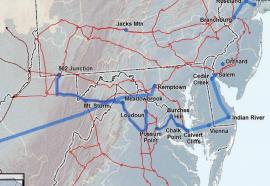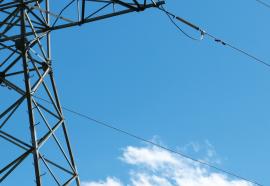NERC Today and Tomorrow
Living in the new world of mandatory reliability standards.
Mandatory reliability standards put in place by NERC three years ago give reason for optimism concerning their success. But the organization struggles with standards development, compliance, enforcement and transparency.











